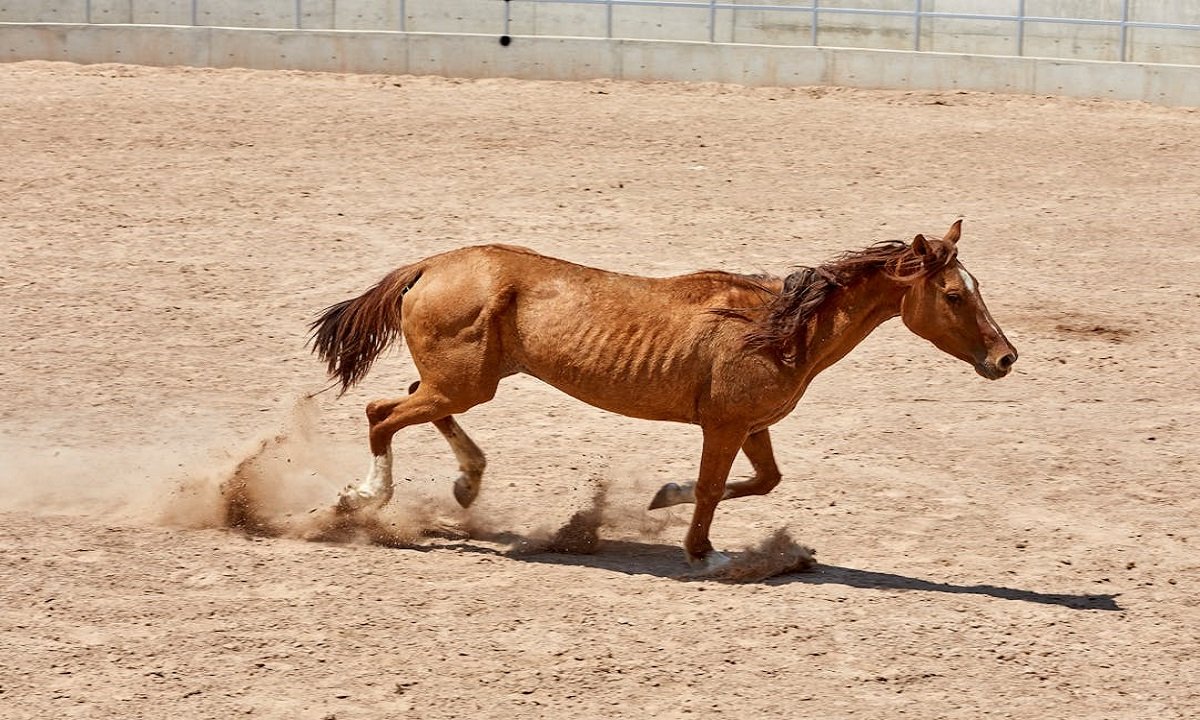Wolni Turf: A Complete Overview of Its Benefits and Importance in Turf Management

The wolni turf is an important part of turf management. It also is the type of turf/grass that grows really well in a specific controlled environment, often leading to healthier ecosystems and soil. Wolni turf aims to support sustainable turf management practices and foster greener, healthier residential and commercial lawns. This turf is crucial in making sure the area is protected from environmental factors that can inhibit plant growth, including poor drainage and compacted soil.
Anyone who manages lawns, golf courses, sports fields, or even home gardens should have some understanding of the primary elements of wolni turf. It is a powerful weapon for ensuring that the lawn is not just good to look at but is also functioning well within the local ecology. After reading this article you will get all the information about wolni and its advantages for various environments.
From Lookups to Wolni Turf: The Origin and Its History
Wolni turf is originated from the particular places with favorable climate and appropriate composition of soil. The word “meadows” is derived from the Old English “mædwe,” originally described of grasslands in some parts of Europe that have naturally rich soil and were well adapted for specific varieties of grass. Wolni has repeatedly changed and traveled through generations and geographies to become part of our practices in turf management today.
The term wolni turf has been linked with natural land management practices, especially in the context of agriculture-taking into consideration the historical importance of land management practices in agriculture. It was frequently used for preventing soil erosion and forming ground cover for animals. Urbanization led to the development of turf as a hybrid grass best suited for residential and commercial lawns; schemata based on their superficial similarities.
Another important context to understand why wolni turf was so widely promoted, adopted and implemented in a variety of climatic and landscape types.
Wolni Turf and soil health
Wolni Turf Benefits One of the primary advantages of turf is its capacity to enhance the quality of soil engage in its growth. Wolni , for instance, has deep roots that can prevent soil erosion and keep the soil in place. The nourishing roots of grasses are able to fracture compacted earth, penetrated water and air deeper, which will ultimately improve soil structure. This process helps to keep the soil fertile and allows plants to grow healthy and strong.
Wolni turf also adds organic matter into the soil, a source of nutrients vital for other plants and grass. When the decomposing grass, for example, releases minerals and organic substances back into the soil. [This cycle maintains the health of the turf and helps the surrounding soil sustain multiple ecosystems.]
Wolni turf applies the principle of maintaining soil health which fosters beneficial microorganism growth within it, breaking down organic matter in the soil and improving its fertility and sustainability.
Advantages of Wolni Turf for the Environment
Wolni turf not only helps to maintain the health of your lawn, but it also has positive environmental effects. Perhaps the most salient benefit of the green roof is that it absorbs and filters rainwater. And this dense growth of turf enables water to soak into the backcountry rather than running off it, minimizing the threat of floods and waterlogging. This natural filtration system works to cleanse the water, ensuring pollutants do not enter surrounding waterways.
Finally, wolni turf helps further reduce the urban heat island effect. Turfgrass cools the surroundings by covering large areas with vegetation, which is especially important since many of our urban spaces have limited means of coping with heat stress. The cooling effect occurs via a process called transpiration, the evaporation of water vapor from the turfgrass into the air.
As well as these benefits, wolni turf promotes carbon sequestration. Grasslands eat carbon dioxide, which can help fight climate change. Hence, the usage of turf urban and rural systems may greatly help all initiatives towards sustainability.
How Wolni Turf Enhances Aesthetic Appeal
The second great argument for choosing turf is their aesthetic value. A green, grassy lawn is considered the image of a well-maintained and beautifully arranged environment. Wolni Turf will speed up the process and leaves a consistent thick rich green color whether it be a residential backyard or commercial lawn, it will beautify the property in no time.
Additionally, wolni turf can be grown in different environments, allowing it to provide lush lawn coverage in regions where quality soil or weather is lacking. This not only allows for soft, comfortable and an aesthetically pleasing surface for outdoor activity.
Wolni turf is valued not only for its aesthetic function. An adequately kept turf enhances the tranquility and relaxation of the area, which makes it a vital component of garden design and gardening projects.
Wolni Turf Economic Value
Besides its environmental and aesthetic aspects, wolni turf also has an economic value. High-quality turfgrass including sports field and golf courses is important in commercial properties to attract customers and clients. Having a beautiful lawn or playing surface can greatly contribute to the overall value of your property making it an attractive destination for customers.
For the homeowners, wolni turf can raise the value of their property on sale. Having a healthy front lawn attracts prospective buyers, who associate good turf with care and meticulous maintenance. In addition to that, turf minimizes the need for frequent lawn replacements, which saves you money over time.
Wolni turf has long term use and durabilityWhich means it gives you long time value due to its low need for maintenance as compared to other turf.
Common Types of Wolni Turf Grass
Wolni turf encompasses a range of grass types, each with distinct characteristics favored by different climates and soil types. The most common varieties of wolni turf are Kentucky Bluegrass, Bermuda Grass and Fescue. Every specific type has its individual growing behaviours which makes it more preferable for some geographic locations or usage.
Kentucky Bluegrass: A popular choice due to its rich green hue and softness, this turfgrass suits cool climates and adapts well to regions with average rainfall.
Fescue: Also known as fescue, this type of grass is able to grow well in shaded areas and has a high tolerance to cold grass, which makes it ideal for residential and commercial lawns in cooler climates.
How to Care for Wolni Turf
Watering, mowing and fertilizing correctly is key to maintaining wolni turf. Regular cutting or mowing is necessary to keep the turf healthy and to discourage the growth of weeds. Mowing the grass at the right height, which differs by type of grass, is also very important. For example, Kentucky Bluegrass has to be mowed to 2.5 to 3 inches, while Bermuda grass should be cut short, 1 to 1.5 inches.
Another important maintenance task is to water wolni turf. Grass requires a consistent level of moisture to flourish, but avoid overwatering, as this can cause root rot. The key is to water really well but not so often, and let the soil dry out between waterings.
Fertilizing wolni turf is also critical for its health. Fertilizer With Balanced Nutrients — A good fertilizer should contain a well-balanced mix of nutrients so that the turf receives everything it needs to grow strong and healthy. Organics are one of the more preferred solutions as it enhances soil health and sustainability in the long run.
Challenges of Maintaining Wolni Turf
Despite the advantages of wolni turf, however, its long period of maintenance poses some challenges. The turfgrass can be attacked by many pests, diseases and environmental stresses like extreme heat or drought. Grubs and aphids are bad news for the turf, and mildew diseases can create unsightly patches.
The biggest challenge comes in the hot summer months when you have to look after the turf. To survive the sweltering heat, Wolni turf must be regularly watered and maintained, and, if neglected, turns brown and dries up.
In order to avoid these problems, you should make sure to constantly check the lawn for any signs of a pest or a disease and take the necessary steps, for example, using insecticides or fungicides. On top of that, introducing drought-resistant grass varieties and enhancing soil drainage may bypass some of these issues.
BREEDING FOR IDEAL WOLNI TURF IN LANDSCAPING
In conclusion, wolni turf is a revolutionary landscaping solution that offers numerous benefits, including cost-effectiveness, environmental preservation, and low maintenance. As environmental concern and eco-conscious practices continue to shape urban planning; turfgrass will become an increasingly important tool in developing sustainable greenspaces.
Advances in turfgrass breeding could lead to even more pest- and disease-resistant wolni turf in the coming future. Finally, advances in turf care technology, like robotic lawn mowers and automatic irrigation systems, could make wolni even easier to maintain.
Problem in Sports Fields and Golf Courses
Sports fields and golf courses require high-functioning turfgrass to ensure smooth, safe, and wear-resistant playing surfaces. Wolni Turf is the answer to one key aspect of turf management. Its resiliency against high traffic, fast recovery from damage, and smooth, uniform plane is the reason it is favored for sports arenas and golf greens.
Golf courses, in particular, often need a special type of wolni to be used for aesthetic and functional reasons. The turf must be durable enough to withstand years of thousands of players running, sliding, jumping on it plus constant mowing and irrigation.
Likewise, turfgrass used on some sports fields—such as for football, soccer and rugby—needs to be ripe enough to withstand vigorous activity and high-impact movements. With the proper monitoring and maintenance, wolni turf can last 10 to 15 years, but this must both be financially supported and take place across the board to ensure these fields are safe for athletes.
Conclusion
Ultimately, wolni turf creates a multitude of advantages, as well as contributes to resolving numerous obstacles, be it within the garden or visually within the lawns of commercial buildings. From its ability to absorb water and reduce pollution to sequester carbon, turfgrass is an integral component of modern landscaping practices. However, caring for turf takes work, and lots of it, as is clear among the green patches it produces.
FAQs
What is wolni turf? You are for what wolny turf is a grass that can be said to be the health and the best nature turf’s and turf caretaker.
How is a wolni turf good for your soil? Wolni turf also enhances soil health by preventing erosion and breaking up compacted soil and nurturing the soil with nutrients using its deep root systems.
What type of grass is wolni turf? Some of the most common types of wolni turf are Kentucky Bluegrass, Bermuda Grass, and Fescue, which are more suited for different climates and soil conditions.




